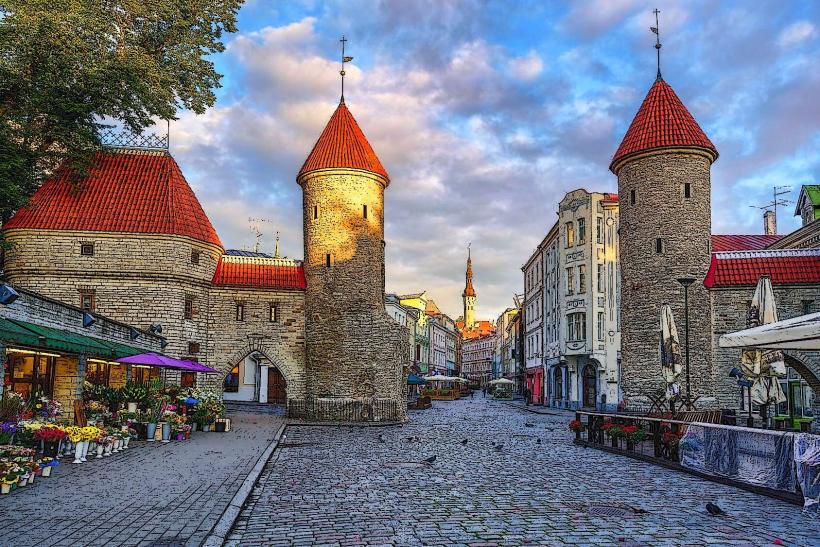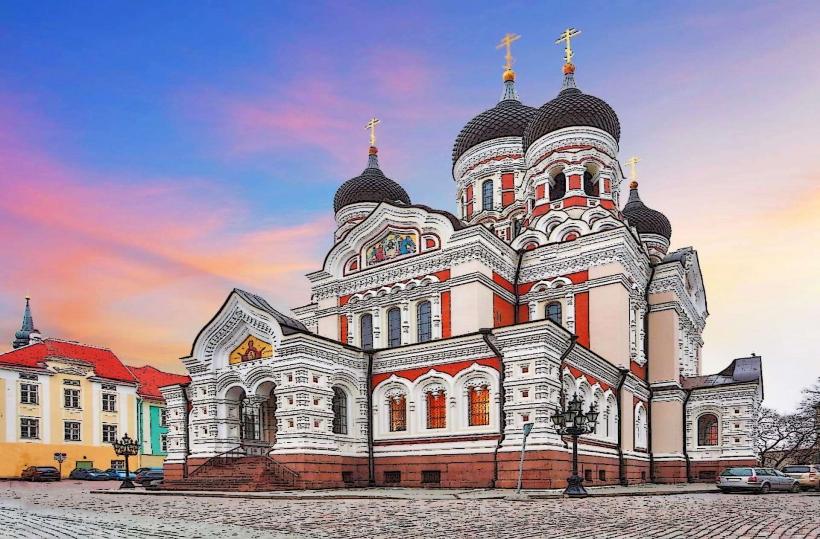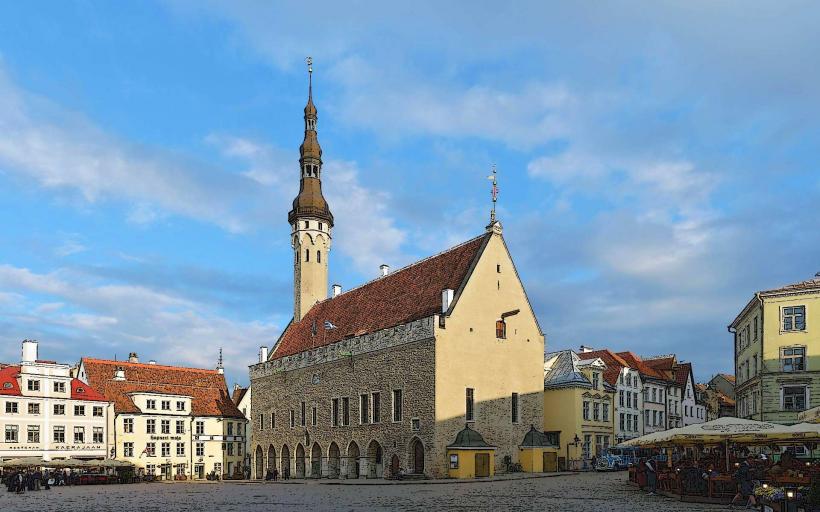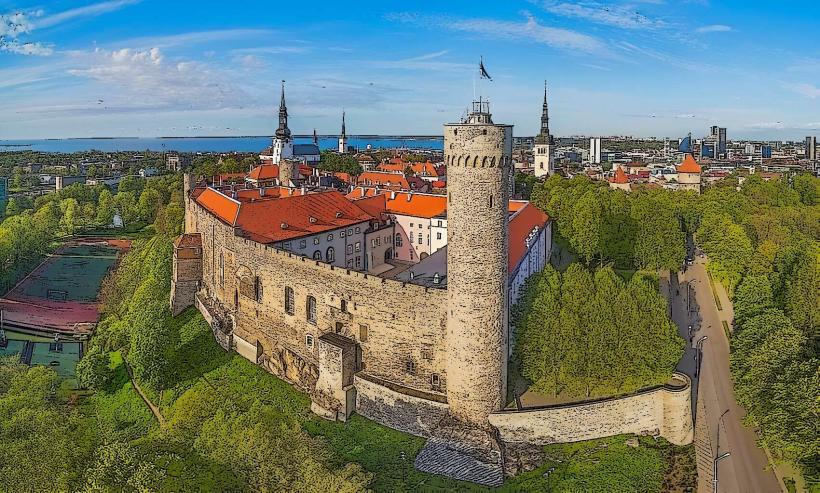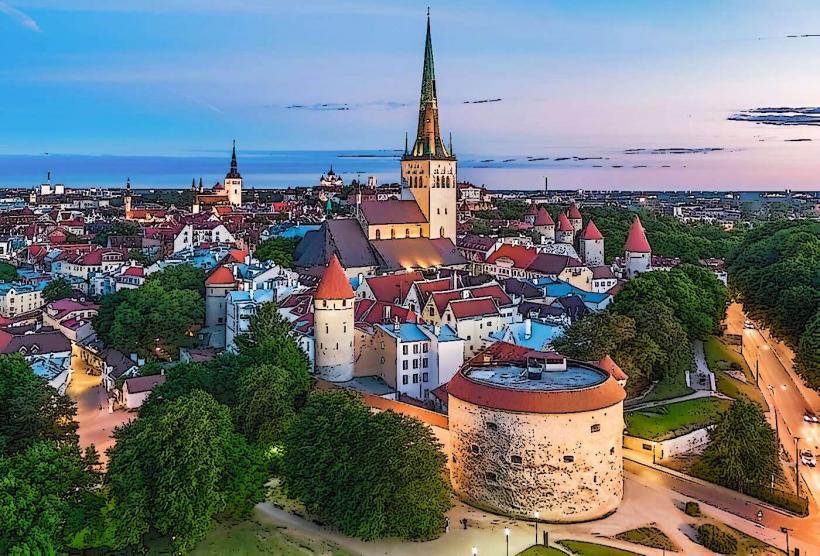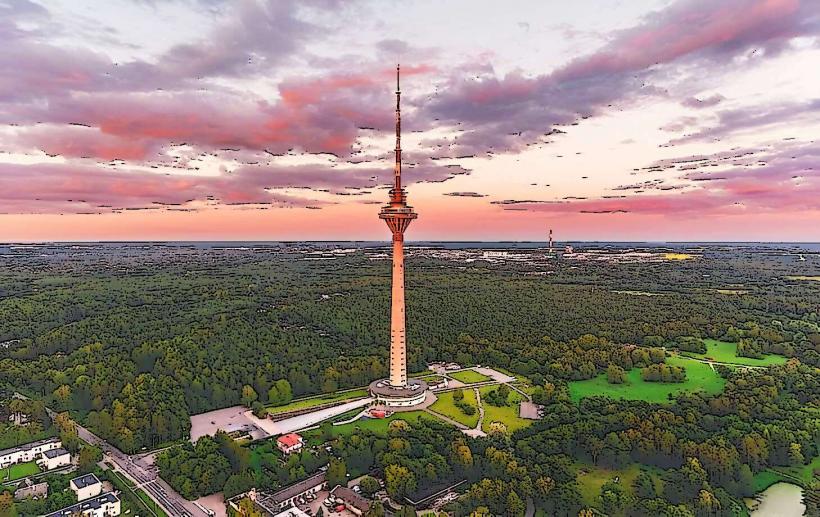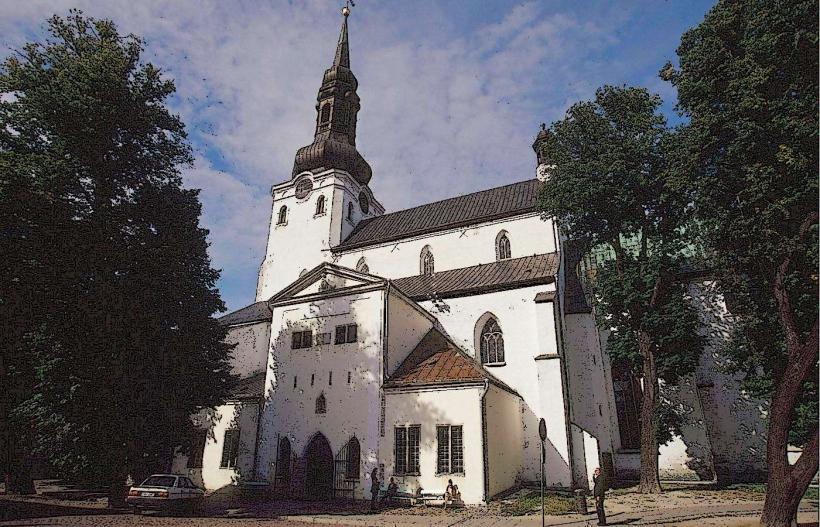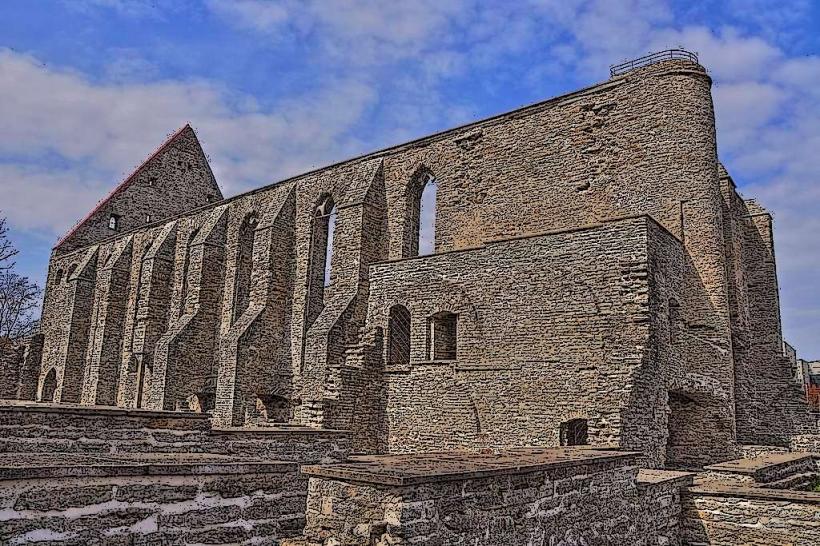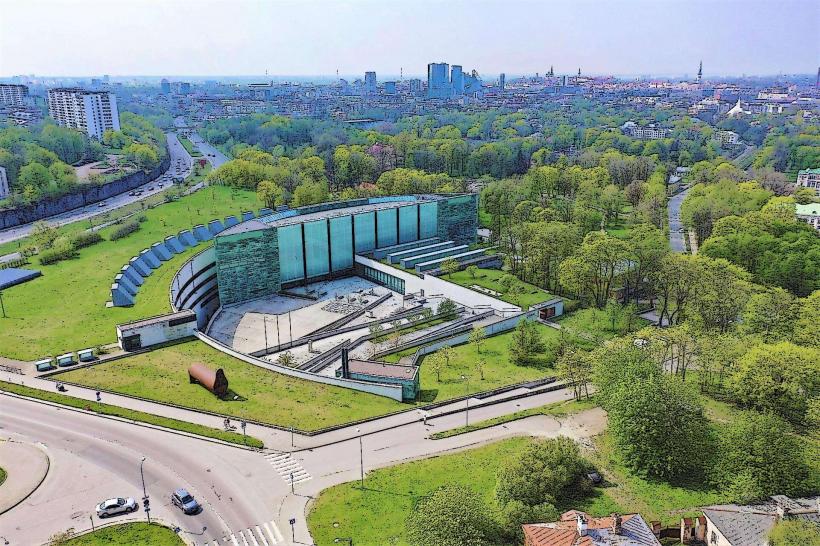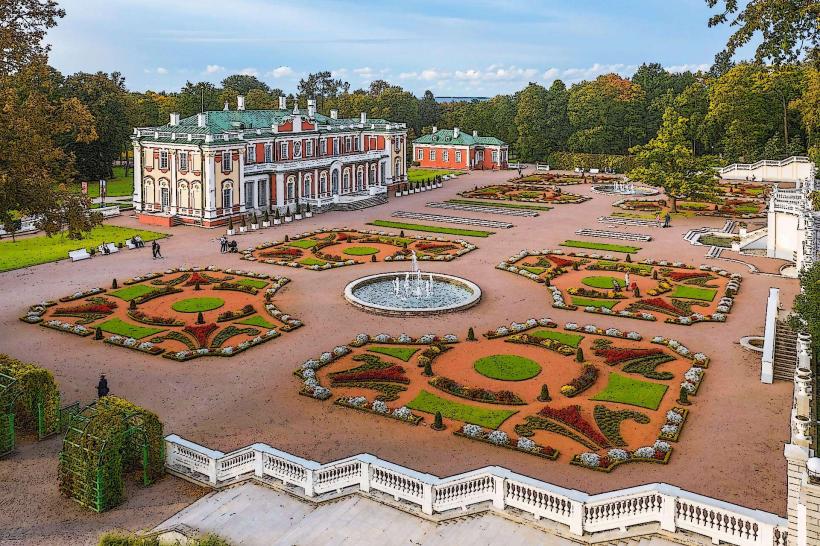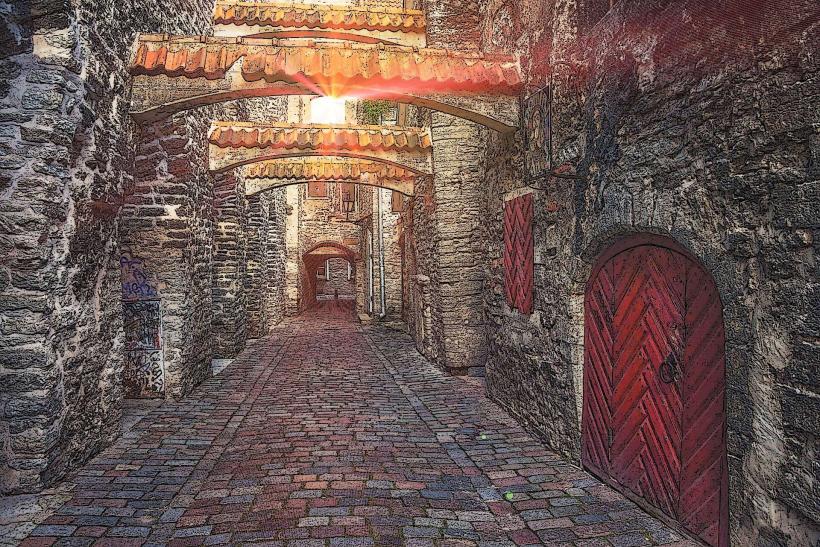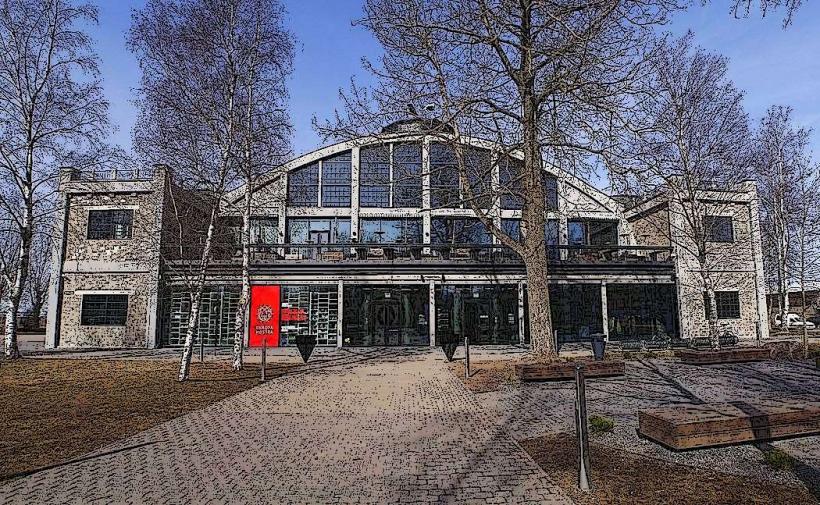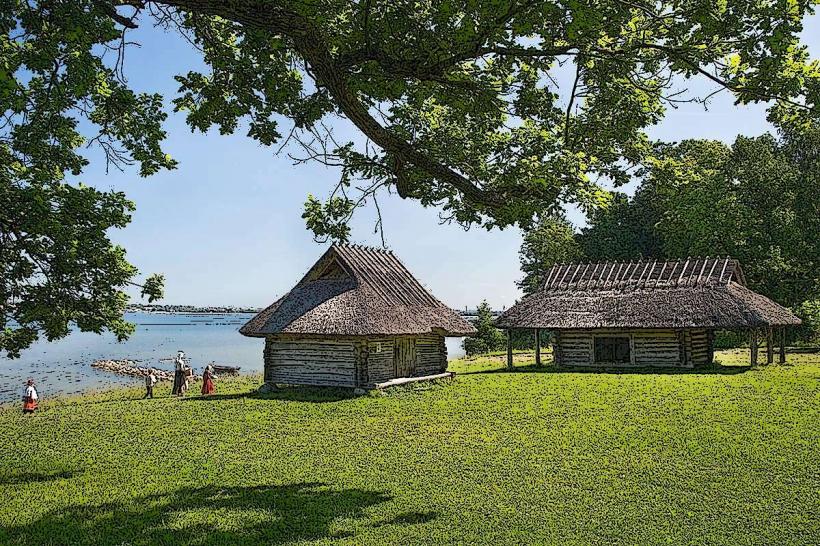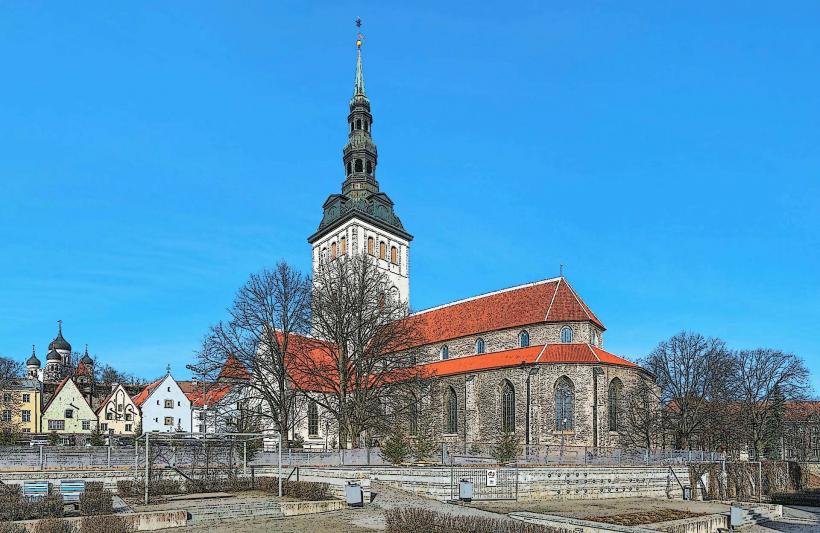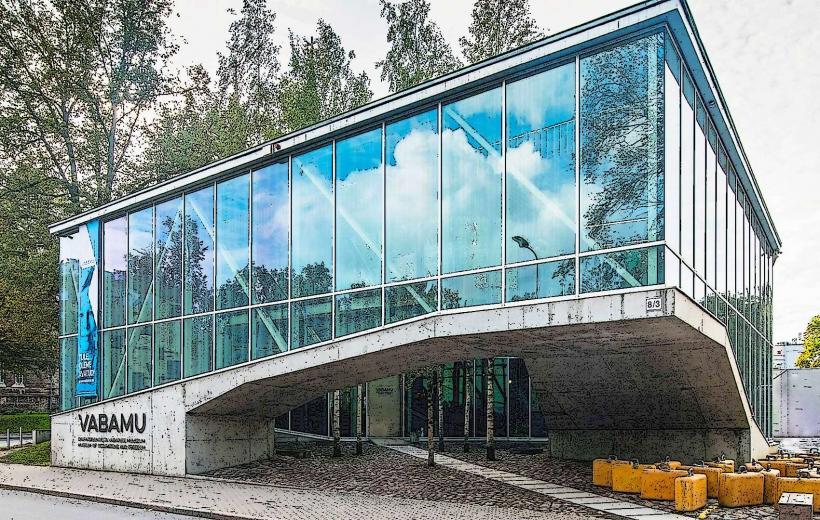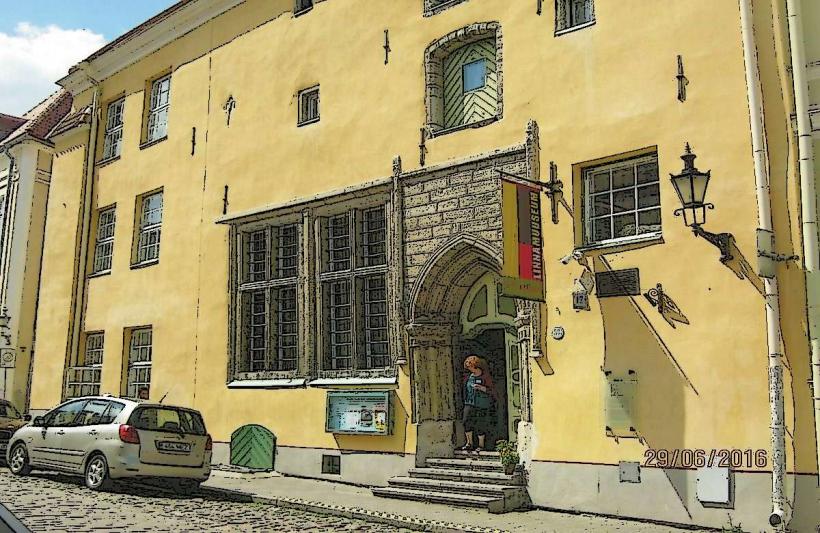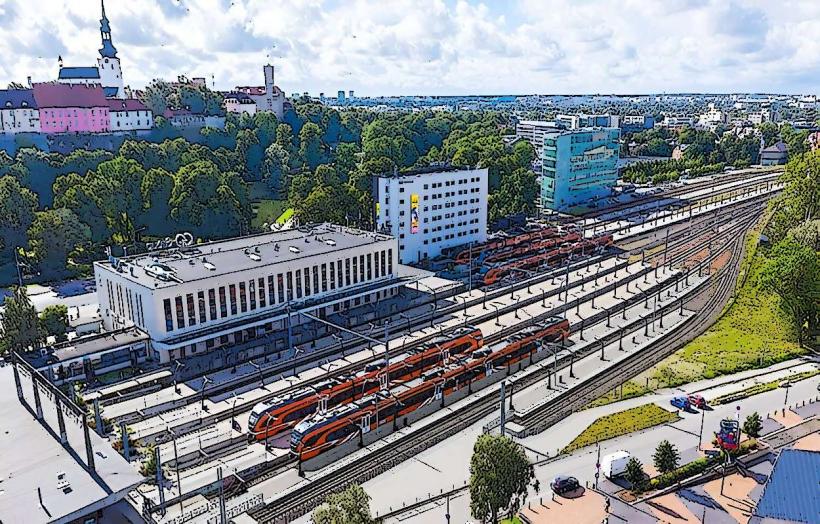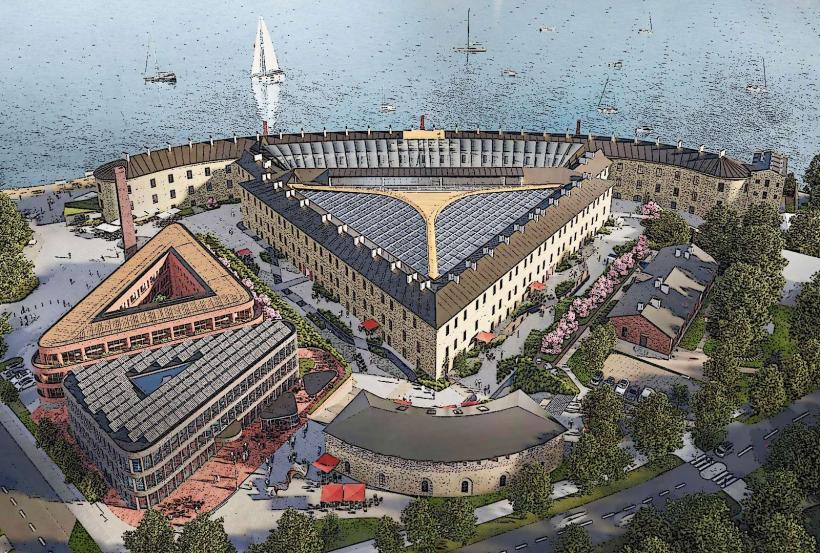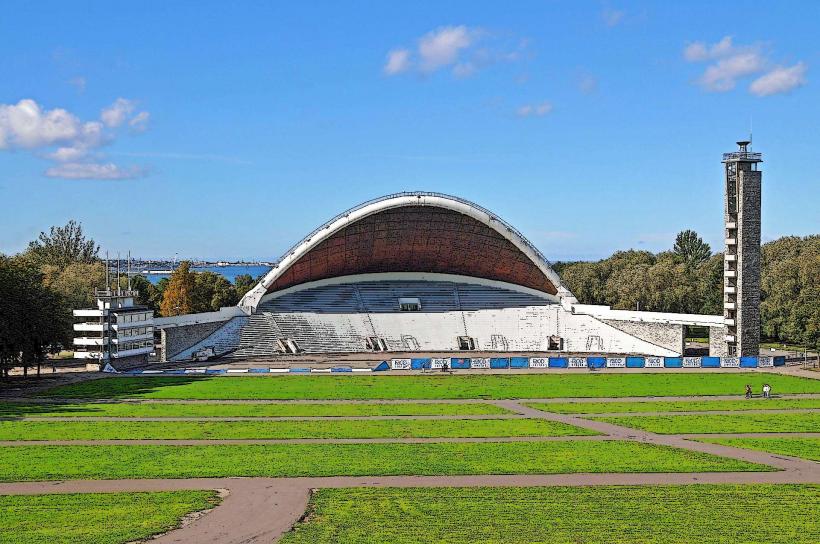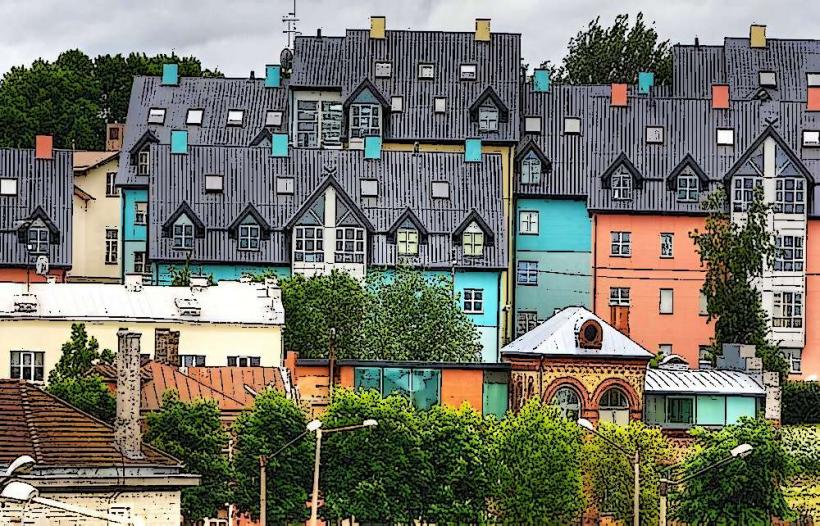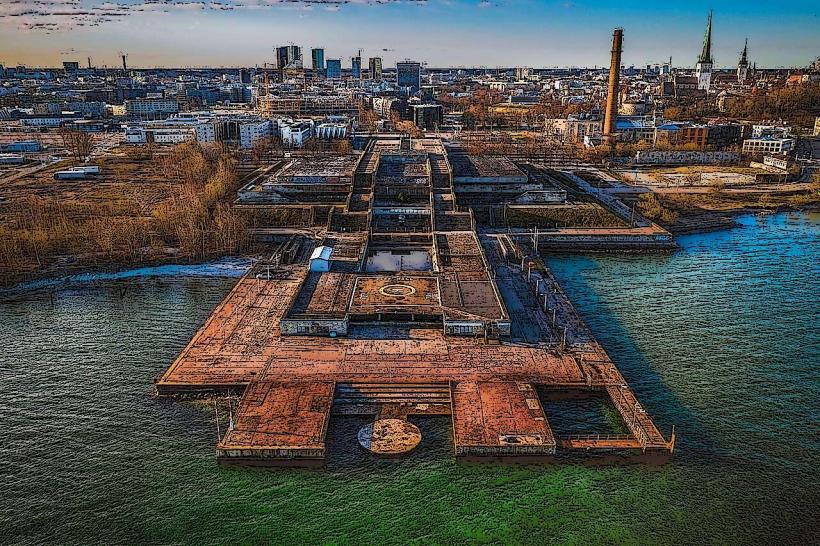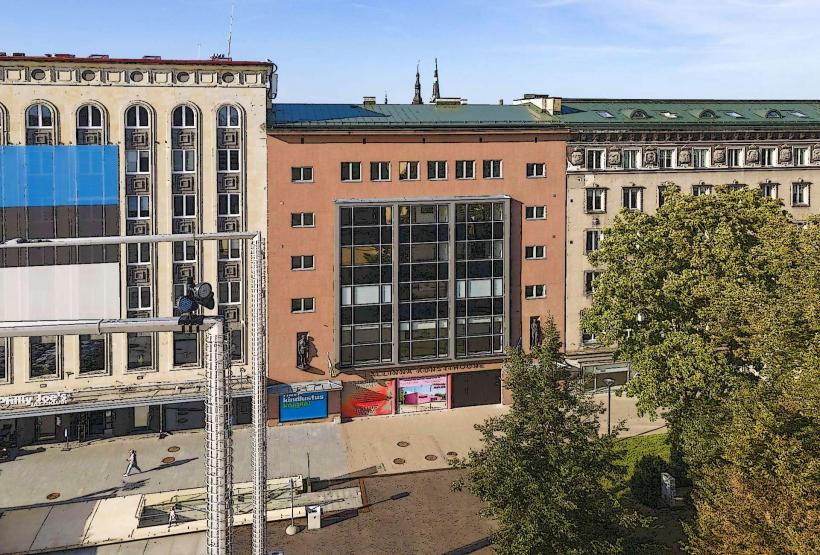Information
Landmark: Kadriorg PalaceCity: Tallinn
Country: Estonia
Continent: Europe
Kadriorg Palace (Kadriorgi Loss) is one of Tallinn's most important historical and architectural landmarks, located in the scenic Kadriorg Park. Built in the early 18th century, this grand palace is a symbol of Estonia’s connection to the Russian Empire and its cultural heritage. Here's a detailed overview of Kadriorg Palace:
Historical Background
Construction: The palace was commissioned by Peter the Great, the Tsar of Russia, in the early 1700s. Construction began in 1718, and the palace was completed in 1725. It was designed by the renowned Italian architect Niccolò Michetti and was intended to be a summer residence for the Russian Tsar and his family. The name "Kadriorg" translates to "Catherine's Valley", named after Catherine I, Peter the Great’s wife.
Imperial Significance: Kadriorg Palace was one of several palatial residences built by Peter the Great during his time in power, reflecting his vision of making Russia a European power. It was meant to serve as a luxurious retreat away from the hustle and bustle of the imperial court in St. Petersburg.
Later History: After the Russian Empire fell, Kadriorg Palace served various roles, including being used by the Estonian government during the interwar period. During the Soviet era, it became a museum. Today, it is home to the Kadriorg Art Museum, part of the Estonian Art Museum.
Architectural Features
Baroque Style:
- The palace is a prime example of Baroque architecture, characterized by ornate decoration, dramatic proportions, and a sense of grandeur. The exterior features elaborate facades, large windows, and a beautifully designed entrance.
- Symmetry and Balance: The layout of the palace reflects the classic Baroque emphasis on symmetry and balance, with the central building flanked by two symmetrical wings.
Interior:
- The interior of Kadriorg Palace was designed to match its opulent exterior. It features richly decorated ceilings, wooden paneling, and luxurious furnishings. Several rooms are adorned with elaborate frescoes, stained-glass windows, and gilded elements that reflect the wealth and power of the Russian Empire.
- The Grand Hall, one of the most impressive rooms, was designed for lavish gatherings and formal receptions. It is marked by a large chandelier and fine stuccowork on the ceiling.
Gardens:
- The palace is surrounded by Kadriorg Park, a beautifully landscaped garden designed in the formal style, with neatly manicured lawns, tree-lined paths, and intricate flowerbeds.
- The park also features small ponds, fountains, and several statues, making it a popular place for both locals and tourists to stroll and enjoy nature.
Additional Structures:
- The Small Palace (Mõis), a smaller building located within the park, was also part of the original complex and has been renovated over the years.
Kadriorg Art Museum
Estonian Art Museum: Today, Kadriorg Palace houses the Kadriorg Art Museum, which is part of the Estonian Art Museum. The museum’s collections primarily focus on foreign art from the 16th to the 20th century, including works by Italian, Dutch, and Russian artists. It also has a significant collection of European Baroque and Rococo paintings, many of which are displayed in the palace’s Grand Hall and other rooms.
Exhibitions: In addition to its permanent collection, the museum hosts temporary exhibitions showcasing works of art from various periods and countries.
Cultural and Political Significance
Symbol of Imperial Power: Kadriorg Palace stands as a symbol of the political and cultural ties between Estonia and the Russian Empire. Peter the Great's choice to build such an elaborate palace in Tallinn was indicative of his desire to integrate Estonia into the Russian Empire and to make a lasting impression on his Baltic provinces.
Modern Role: Today, the palace serves not only as a museum but also as a significant cultural site in Tallinn, attracting visitors from around the world who are interested in history, art, and architecture.
Practical Information
Location: Kadriorg Palace is located in the Kadriorg district, approximately 2-3 kilometers from the city center of Tallinn. It is easily accessible by foot, public transport, or by car.
Opening Hours: The palace and museum are generally open every day except for public holidays. Hours may vary depending on the season and special events, so it is recommended to check the official website for up-to-date information.
Admission: There is an entrance fee for visiting the palace and museum. Discounts are available for students, seniors, and groups.
Why Visit Kadriorg Palace?
Architectural Beauty: The palace is one of the most beautiful examples of Baroque architecture in the region, with intricate designs and a stately atmosphere that transports visitors to the early 18th century.
Rich History: Kadriorg Palace is a significant historical site, reflecting Estonia’s long-standing connections to the Russian Empire and the imperial ambitions of Peter the Great.
Art and Culture: The Kadriorg Art Museum houses a rich collection of European art, making it a must-visit for art lovers and history enthusiasts alike.
Relaxing Park: The surrounding Kadriorg Park offers a peaceful escape from the city, with its picturesque landscapes, historic trees, and tranquil lakes. It’s an ideal place for a leisurely stroll after visiting the palace.
Family-Friendly: The museum offers a range of exhibitions that cater to all age groups, making it a great destination for families.
Visiting Kadriorg Palace provides a unique opportunity to explore Estonia’s royal past, immerse yourself in the grandeur of the Russian Empire, and appreciate the fine art housed in one of the country’s most magnificent buildings.

